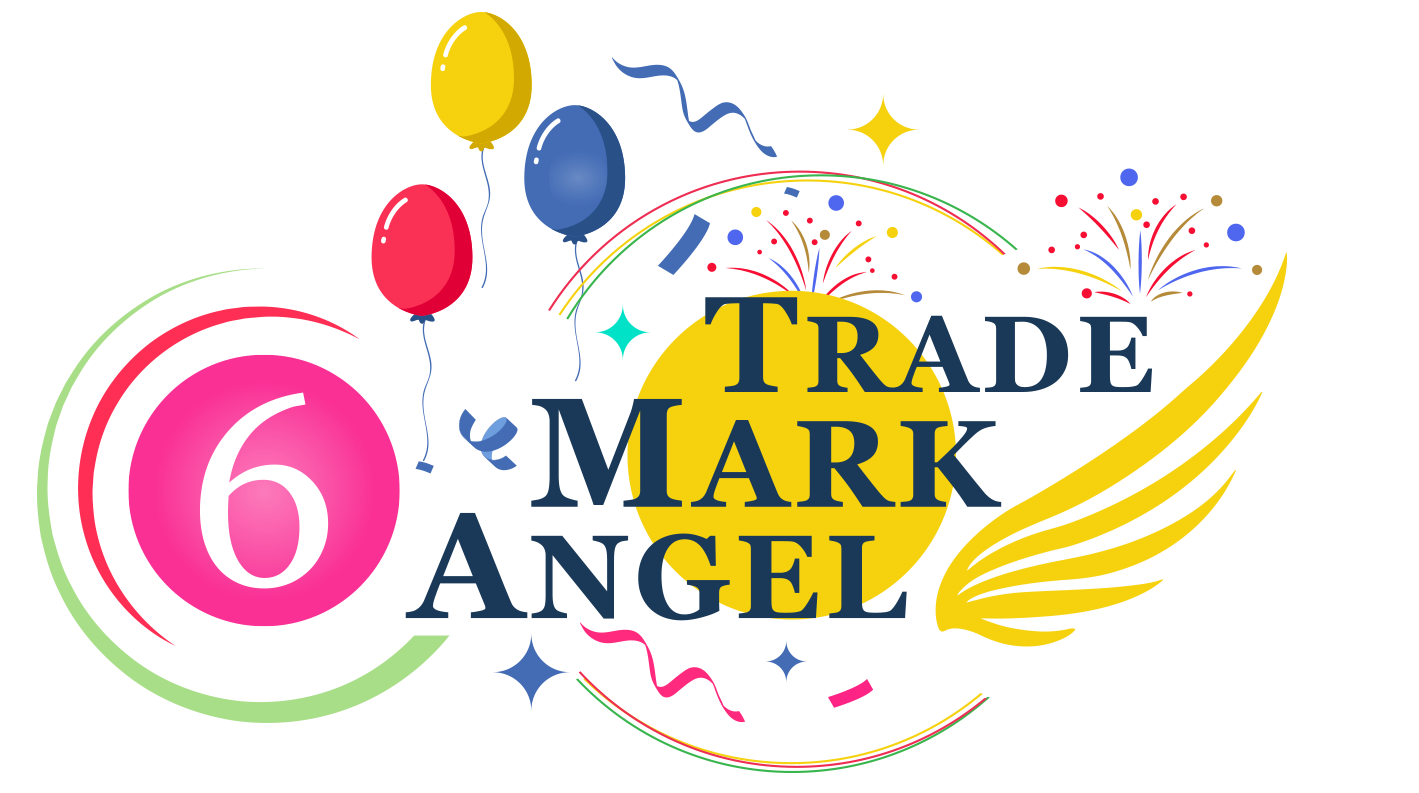Do I have to use my trademark prior to filing in Canada? Do I have to use my trademark after registration?
In Canada, use is no longer required for filing or registration. In fact, filing bases have been completely eliminated. No specimens of use or statements of use are necessary. Use is mandatory to maintain your trademark after registration. It is possible to cancel a trademark for non-use if the trademark has not been in use [...]
